Pre-State History
The history of Israel-Palestine before 1948
Part of: Hey Alma’s Guide to the Israeli-Palestinian ConflictLet’s dive into the pre-state history, AKA the conflict before Israel was a state. Jump ahead to key dates below.
JUMP AHEAD 1882 / 1903 / 1917 / 1929 / 1939 / 1948
1517
Ottoman Rule in Palestine begins; Palestine was part of the Ottoman Empire through 1917. (Read more on history of Palestinians here.)

1860
Mishkenot Sha’ananim founded; it’s the first Jewish settlement outside Jerusalem’s Old City.
1878
Petah Tikva founded by religious Orthodox Jews (known as the “Old Yishuv”) as a Jewish agricultural settlement. It would turn into a Zionist settlement by 1882.
1881
Pogroms, organized massacres of Jews, sweep through the Russian Empire through 1884. This includes the Kiev Pogrom, considered the worst in this wave. Authorities made no attempts to stop the violence against Jews that lasted months. The flow of Jews to cities in the Russian Empire turned into a flood. Jews began to leave the Pale of the Settlement and move to Odessa; many of those Jews then continued onto New York.
Eliezer ben Yehuda, the father of modern Hebrew, moves to Palestine and starts efforts to revive the Hebrew language.
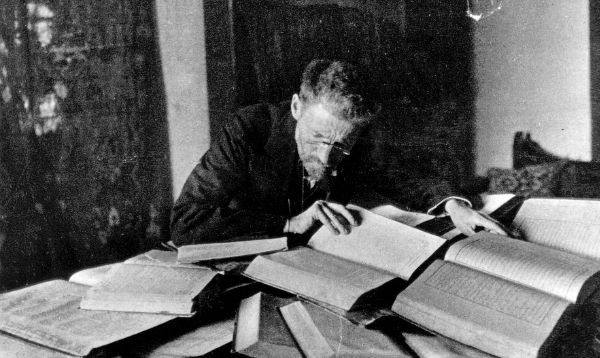
1882
Rosh Pina founded by 30 families who immigrated from Romania. It was one of the first modern Jewish agricultural settlements in Palestine.
Rishon LeZion founded (“First to Zion”) by Zionist pioneers.
Baron Edmond de Rothschild (of Paris) agreed to donate a series of subsidies to the settlement; they wouldn’t have survived without him.
First Aliyah starts: the first wave of Zionist immigration to Palestine. Also called the “agriculture aliyah,” between 25,000 and 35,000 Jews immigrated to Palestine during this period from 1882-1903.
1887
Neve Tzedek founded by Mizrahi Jewish families who wanted to move out of Jaffa; it’s the first Jewish neighborhood built outside Jaffa, and it would eventually be incorporated into Tel Aviv.
1890
The term “Zionism” (and “Zionist”) is coined by Nathan Birnbaum. (Read more on what Zionism means here.)
1894
Dreyfus Affair begins: Captain Alfred Dreyfus, a Jewish French army captain, was accused of espionage, arrested, and convicted by a military court for supposedly selling French military secrets to the Germans. Two years after his arrest, evidence was found exonerating Dreyfus. The French army tried to cover it up, but it eventually leaked to the press. Dreyfus was retried and eventually exonerated. The affair divided France, and anti-Semitism rose to the forefront of public life. It convinced Theodor Herzl, in France as a journalist to report on the trial, that the Jews would never be safe in Europe. (The affair lasts until 1906.)
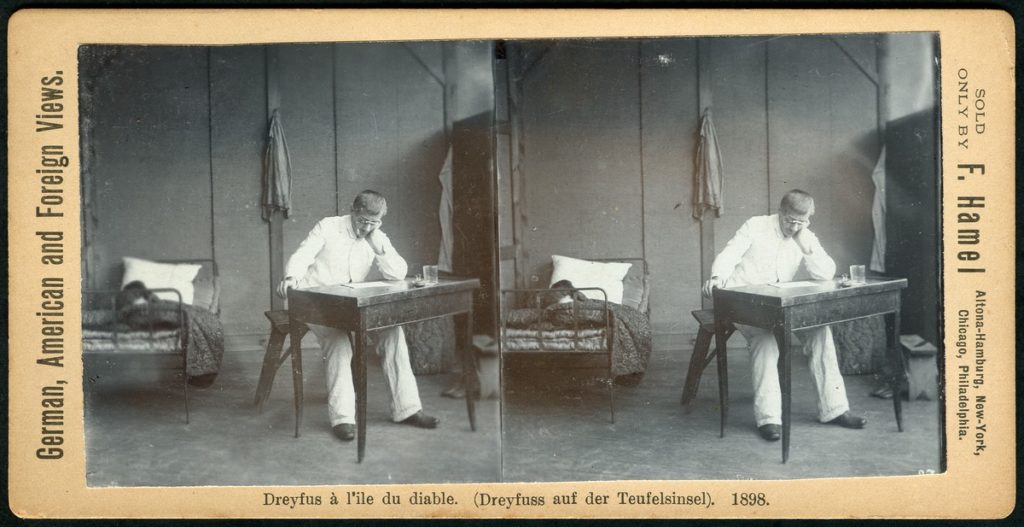
1896
Herzl publishes “The Jewish State”: Largely shaped by his experiences at the Dreyfus trial, Herzl writes a pamphlet where he lays out his hope for a Jewish state and the need to answer the “Jewish question.” It’s part analysis of anti-Semitism, part plan for a new Jewish state. Herzl doesn’t think that a Jewish state necessarily needs to be in Palestine.
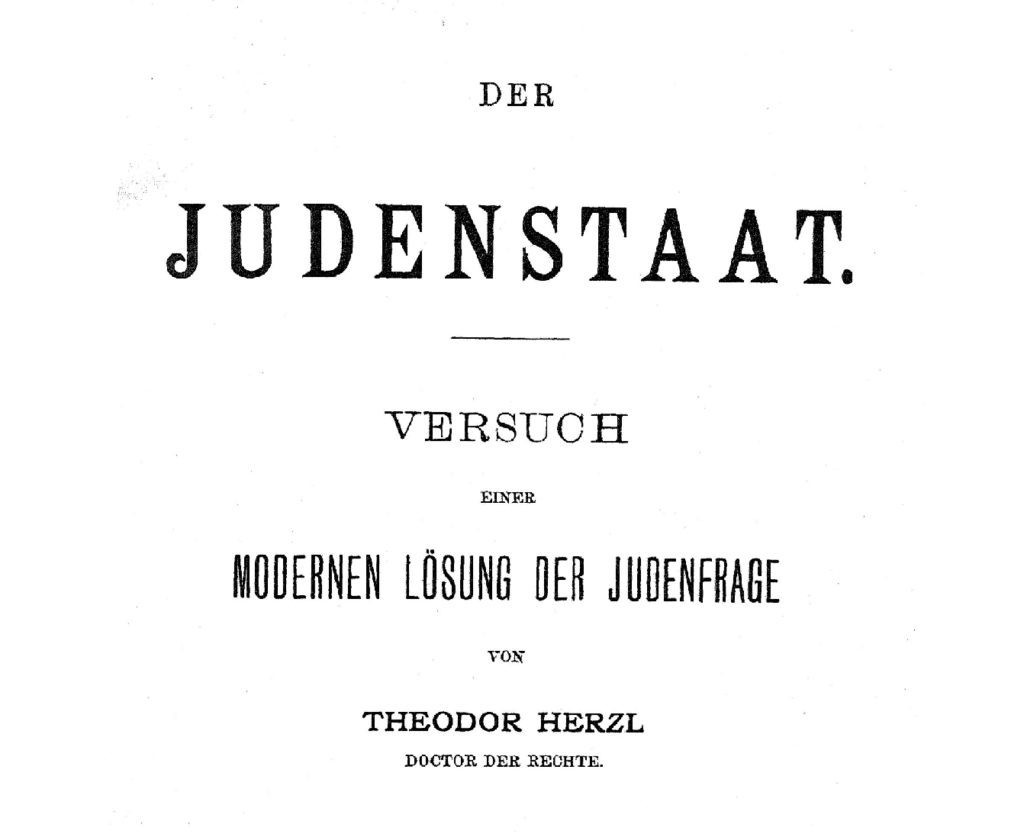
1897
August 29 — 31
First Zionist Congress meets in Basel, Switzerland, convened by Theodor Herzl. Sets out a Zionist platform, also known as the Basel Program, the first manifesto of the Zionist movement. It established that “Zionism seeks to establish a home for the Jewish people in Palestine secured under public law.” World Zionist Organization is founded.
1901
Jewish National Fund established by the Fifth Zionist Congress, an organization with the purpose of buying and developing land in Ottoman Palestine.
1903
Kishinev Pogrom takes places in the Russian Empire; it’s a huge anti-Jewish riot where 49 Jews are killed, over 92 severely wounded, countless Jewish women raped, and over 1,500 homes damaged. The New York Times reports on the mob, describing how “the general cry ‘Kill the Jews’ was taken-up all over the city.” This pogrom led thousands of Jews to leave the Russian Empire for Palestine or America.
The Uganda Proposal, where Herzl suggests securing land in British East Africa, is proposed at the Sixth Zionist Congress. It’s suggested as a temporary refuge for the Jews, not impacting the ultimate aim of the Zionists (a Jewish state in the land of Israel). It’s rejected at the Seventh Zionist Congress.
The Protocols of the Elders of Zion published for the first time, an anti-Semitic conspiracy theory purporting to describe the Jewish plan for global domination.
1904
Second Aliyah begins: Around 40,000 Jews flee the Russian Empire (spurred by the Kishniev pogrom and other anti-Semitic outbreaks) between 1904 and 1914. They bring socialist values and, in this period, Hebrew starts to revive as a spoken language.
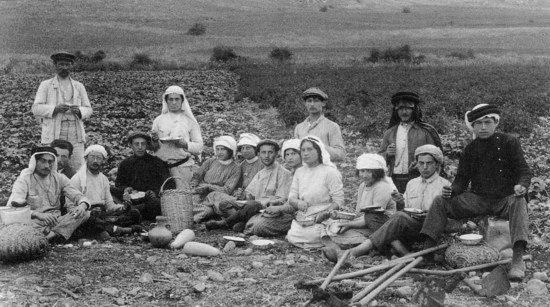
1909
Tel Aviv founded near Jaffa by a group of Jewish families called the Ahuzat Bayit (“homestead”) society. Tel Aviv would incorporate existing Jewish neighborhoods outside of Jaffa.
Hashomer founded, a Jewish defense organization dedicated to protecting the Yishuv (the body of Jewish residents in the land of Israel before the establishment of the state).
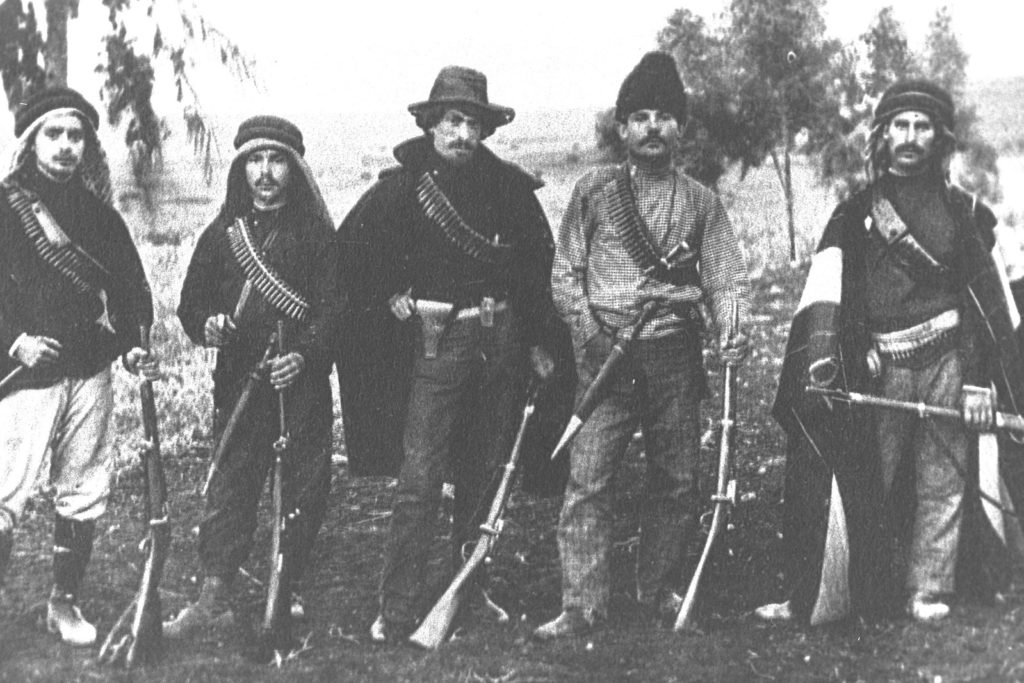
1910
First Modern Hebrew Dictionary published, authored by Eliezer Ben-Yehuda.
1915
July 1915 — March 1916
McMahon-Hussein Correspondence: a series of 10 letters between Sir Henry McMahon (the British High Commissioner to Egypt) and the Sharif of Mecca (Hussein bin Ali al-Hashimi). McMahon promised Hussein that if he and his sons join in the fight against the Ottoman Empire and ally with the British, they will get a self-governing Arab state. In this correspondence, McMahon never defined the area of Arab independence. Yet for Hussein, Palestine fell within this area.
1916
Sykes-Picot Agreement: a secret agreement during World War I between the United Kingdom and France to divide the Middle East after the war ended. Arab Revolt begins against the Ottoman Empire, initiated by al-Hashimi, with the aim of ending Ottoman rule in Arab-speaking areas. Supported by Britain.
1917
Jewish Legion formed as part of the British Army, refers to five battalions of Jewish volunteers who fought against the Ottoman Empire during World War I.
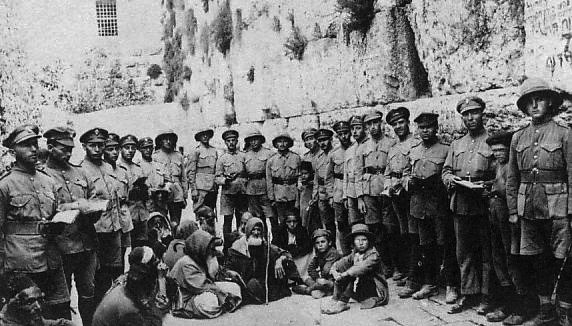
In December, Britain gained control of Palestine through military occupation.
November 2
Balfour Declaration: a 117-word letter from the British Secretary of State for Foreign Affairs, Arthur Balfour, to Walter Rothschild (a prominent British Jew, member of the Rothschild family). In the text, Britain recognizes the right of the Jews to a home in Palestine. The term “national home” was purposefully vague and did not necessarily mean a state.
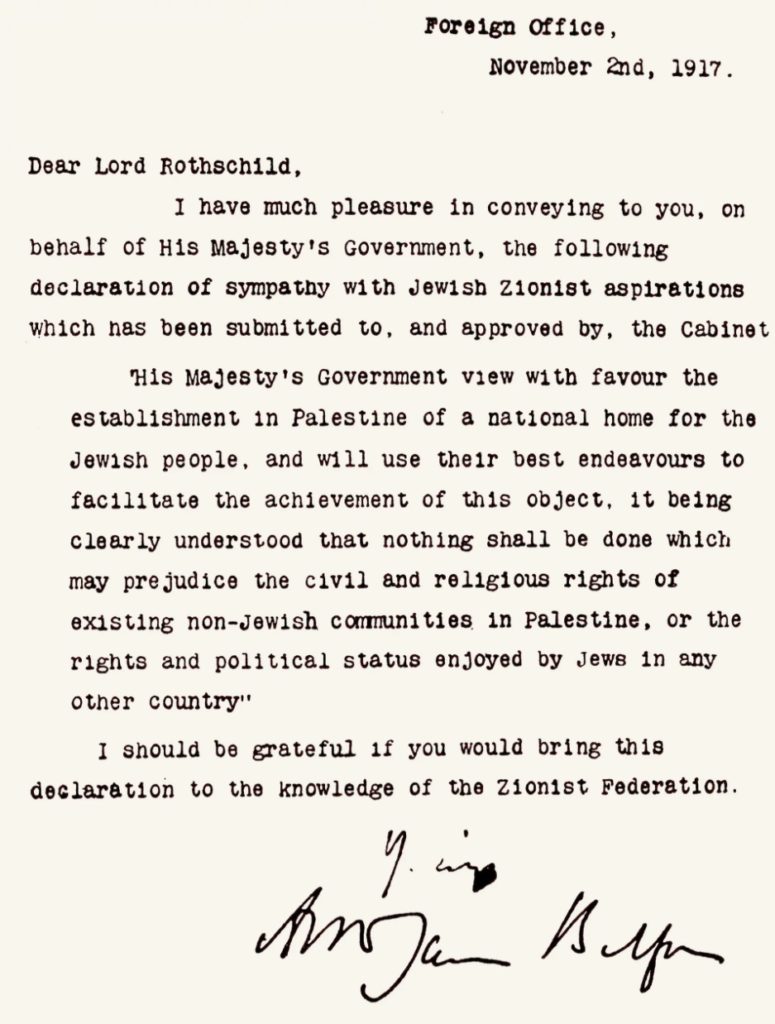
1919
Third Aliyah begins, spurred by the Russian Revolution and the end of World War I. Approximately 40,000 Jews go to Palestine. By the end of the Third Aliyah in 1923, there were about 90,000 Jews there in total.
Faisal-Weizmann Agreement signed between Emir Faisal and Chaim Weizmann, establishing mutual respect and cooperation between Arabs and Jews. But in reality, has no actual impact.
1920
Jewish National Council founded as the national body to oversee the Yishuv in Mandatory Palestine. Rabbi Abraham Isaac Kook was the first chairman.
Haganah founded as a Jewish paramilitary organization. Haganah translates to “Defense” in English, and would later form the core of the Israel Defense Forces.
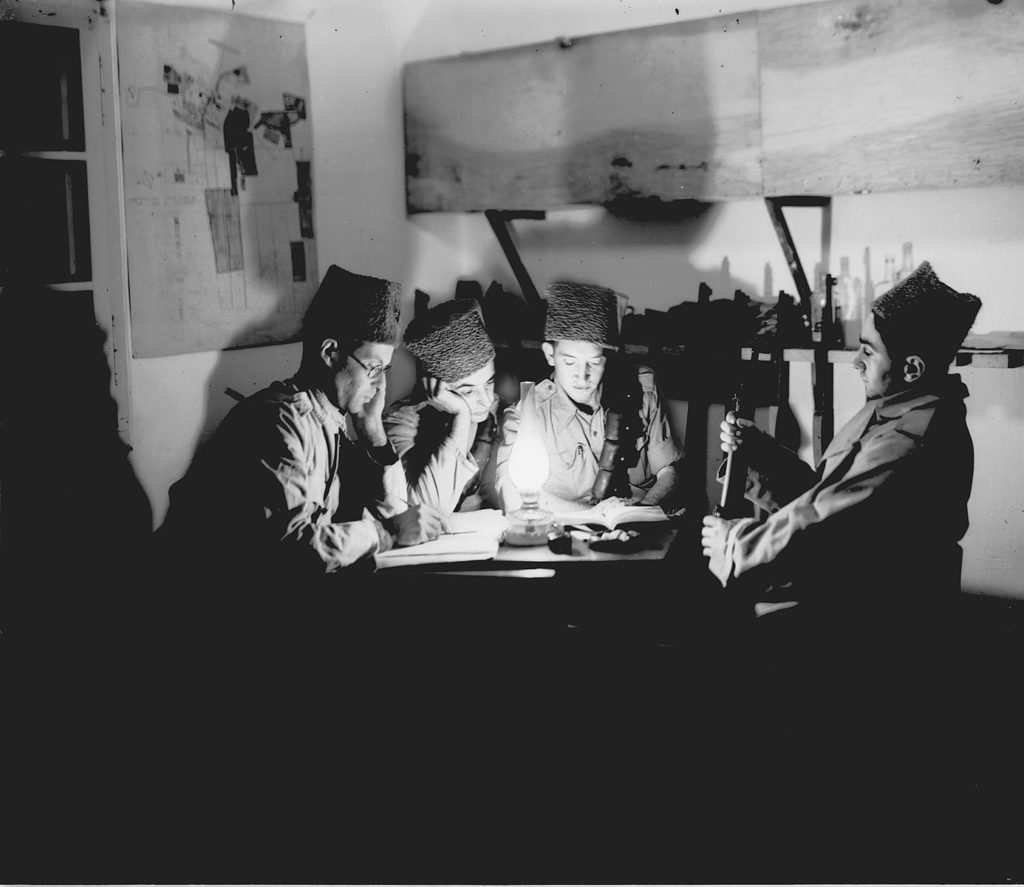
1921
Mohamad Amin al-Husayni appointed Grand Mufti of Jerusalem by the British, making al-Husayni the head of the Muslim community in Jerusalem.
Transjordan established, distinct from Palestine, with the Jordan river chosen as a border, and Abudallah bin Hussein was appointed Emir (later to be King Abduallah I of Jordan), beginning the Hashemite dynasty. “Transjordan” would become the “Hashemite Kingdom of Jordan” in 1949.
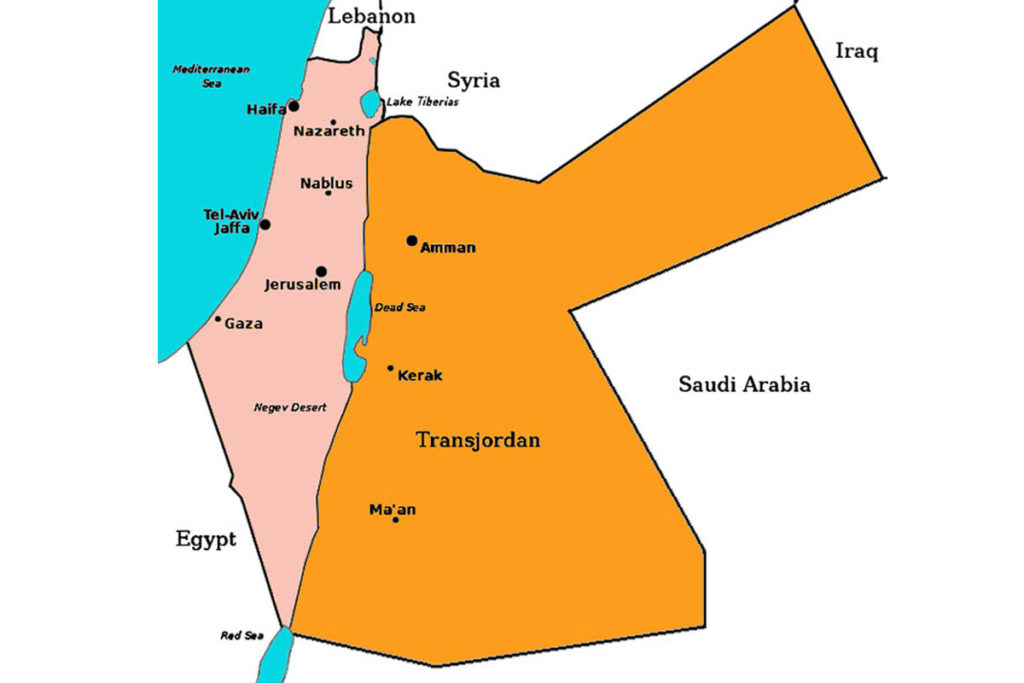
May 1 – 7
May Riots (also known as Jaffa Riots): starts as a fight between the Jewish Communist Party and a Jewish socialist group, Ahdut HaAvoda, when they planned competing May Day parades. Yet, hearing fighting, Jaffa’s Arab population believed they were being attacked and started targeting Jews. After six days of fighting and rioting, 47 Jews and 48 Arabs died.
1922
British Mandate for Palestine officially starts, and the first White Paper goes into effect, capping Jewish immigration into Mandatory Palestine.
1923
Valdimir Jabotinsky writes The Iron Wall (We and the Arabs), arguing that Jewish settlement in Palestine could only be established through force. This would form the basis of Revisionist Zionism. (Read more about the different types of Zionism here.)
1924
Fourth Aliyah starts: around 82,000 Jews arrive between 1924 and 1928 in Palestine as a result of growing anti-Semitism in Europe and the immigration quotas in the U.S.
1925
British authorities rule Jews cannot bring seats to the Western Wall, to dissuade them from worshipping there. Muslim Arabs were worried the Zionists were going to take over the Temple Mount.
1929
Fifth Aliyah begins: a wave of immigration spurred by the rise of Nazi Germany; a high number of professionals (doctors, lawyers, etc.) were a part of this group, lasting from 1929 to 1939.
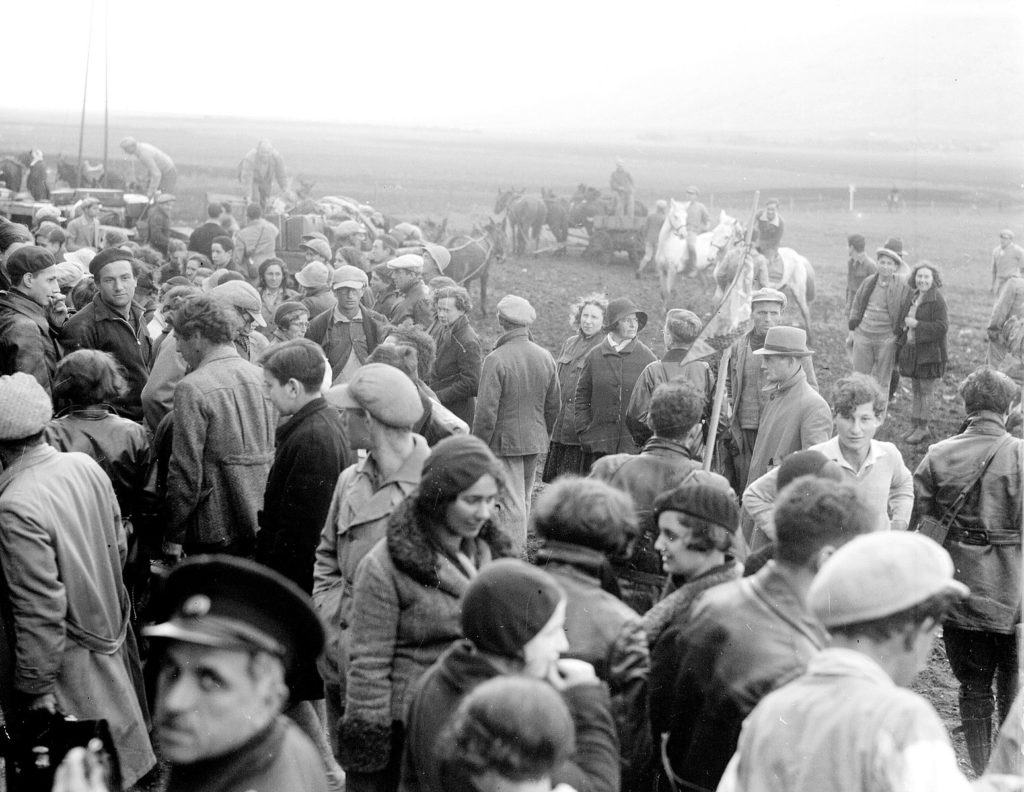
August 15
Palestine Riots (also called the 1929 Massacres, Western Wall Riots, or the Buraq Uprising) start when a group of Jews march to the Western Wall, shouting “the Wall is ours” and singing Hatikvah. Rumors start swirling that they are attacking local Arabs.
August 16 — 20
A young Sephardic Jew is stabbed to death (possibly unrelated to the tensions); his funeral becomes a huge anti-Arab demonstration.
August 23
Arabs converge on Jerusalem, spurred by rumors the Jews were going to try and claim the Western Wall. They start to attack Jews in the Old City, and violence begins to spread.
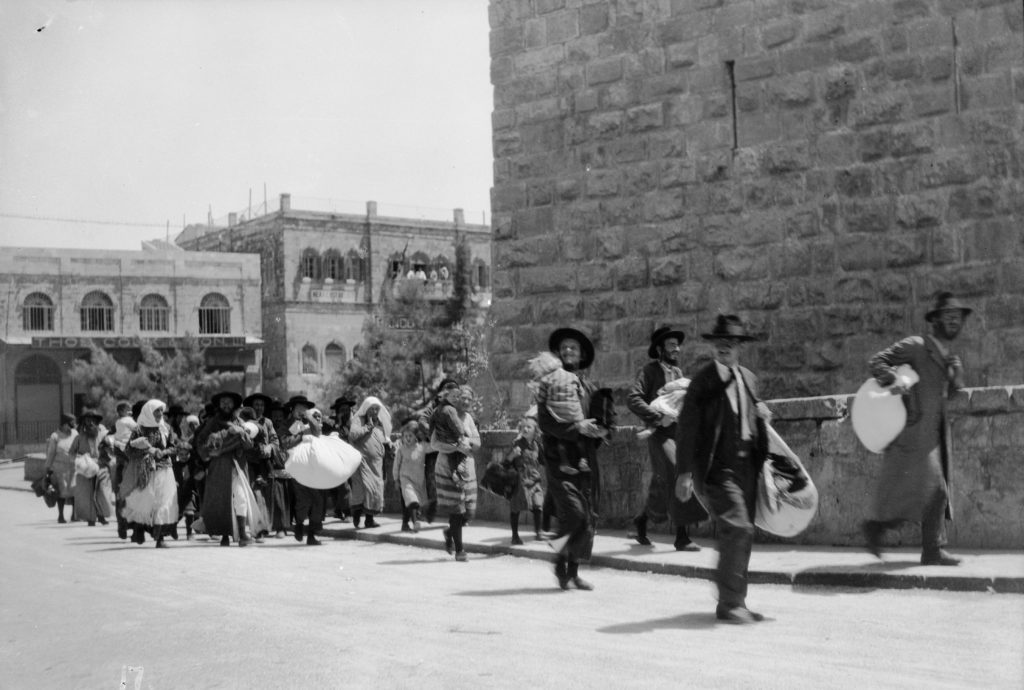
August 24
Hebron Massacre: as a result of hearing reports of Jews massacring Arabs, Arabs attack Hebron’s Jewish quarter, killing between 65 and 68 Jews. Over the course of the week of riots, 116 Arabs (possibly higher) and 133 Jews are killed.
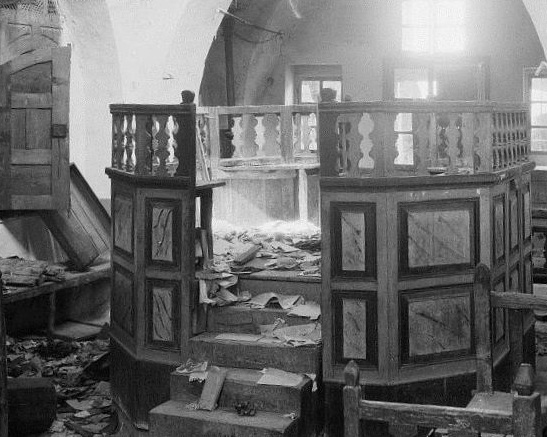
1931
Irgun Zvai Leumi founded by Avraham Tehomi as a splinter group from the Haganah, based on Revisionist Zionism. The group, also shortened to Irgun or Etzel, is in favor of violent resistance.
1933
Aliyah Bet, “secondary immigration,” is the general term for illegal immigration into Mandatory Palestine as the British limited legal Jewish immigration from 1933 until 1948. This occurs in two phases: helping Jews escape Nazi persecution, and then to helping Holocaust survivors get out of displaced persons camps in Europe.
1936
Arab Revolt Stage 1: Palestinian Arabs revolt against British rule, demanding Arab independence and a cessation of Jewish immigration. Amin al-Husseini calls for a general strike, which lasts from April to October. As a result of the strike, Britain declares martial law and sends 20,000 troops into Palestine.
Peel Commission forms to address the six-month-long general strike.
1937
Peel Commission report published, recommending partition for the first time, separating Palestine into a Jewish state and an Arab state, with a British Mandate remaining over Nazareth, Bethlehem, and Jerusalem.
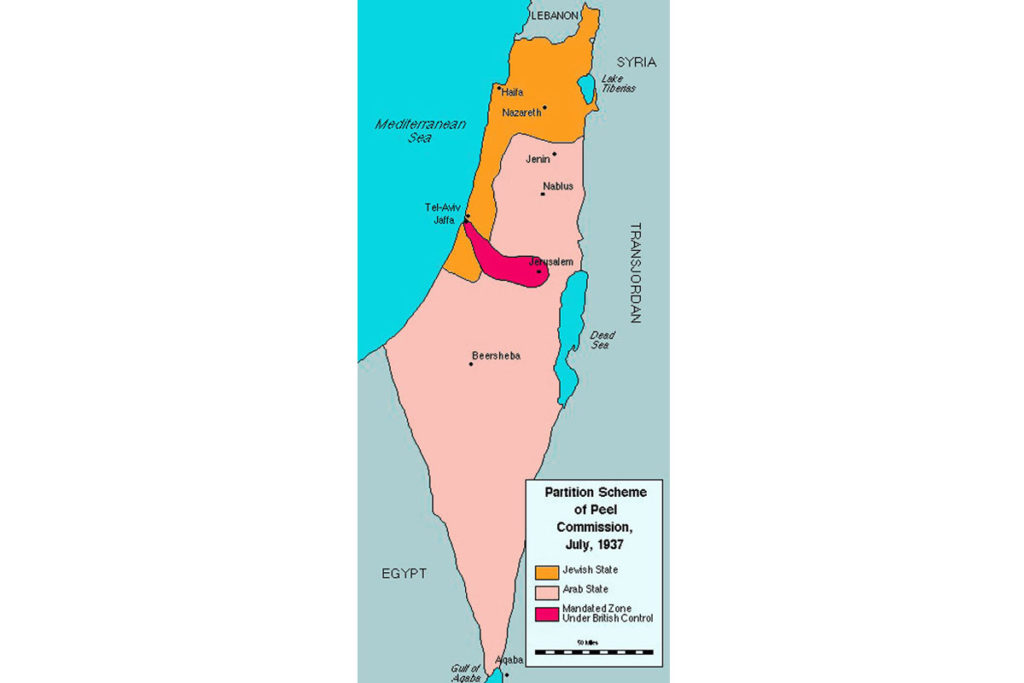
The Arab Higher Committee denounces it immediately, fully opposes the idea of a Jewish state, and calls for a state of Palestine with protected rights for Jews and other minorities, a cessation of Jewish immigration, and land purchase.
Zionist leadership is deeply divided over the Peel Commission: partition isn’t out of the question, but the Peel plan isn’t what they want. They see the Peel Commission as a basis for negotiation.
1937
Arab Revolt Stage 2: turned more violent, lasting for two years (until 1939). It becomes more a campaign of murder and sabotage against the British and the Jewish population in Palestine. In response, the Irgun starts attacking Palestinian civilians.
1938
Kristallnacht occurs in Germany, creating a sense of urgency for Jewish immigration.
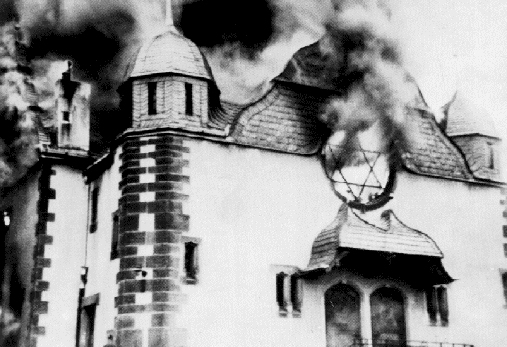
1939
The White Paper blocks Jewish immigration to Palestine on the eve of World War II, issued as a response to the Arab Revolt. Britain states that for the next five years, only 75,000 Jewish immigrants are able to enter Palestine. After those five years, no more Jewish immigration would be permitted, unless Palestinian Arabs agree to it.
September
World War II begins.
1940
Avraham (Ya’ir) Stern forms Lehi, a breakaway of the Irgun. (Lehi is an acronym for Lohamei Herut Israel, which translates to “Fighters for the Freedom of Israel.” Lehi was more commonly called the “Stern Gang.”)
1941
“Final Solution” begins in Nazi occupied Europe.
Al-Husseini travels to Berlin, where he meets Hitler and other top Nazi leaders. Axis powers express their support for the elimination of the “Jewish National Home in Palestine.” He helps recruit Bosnian Muslims as Nazi troops.
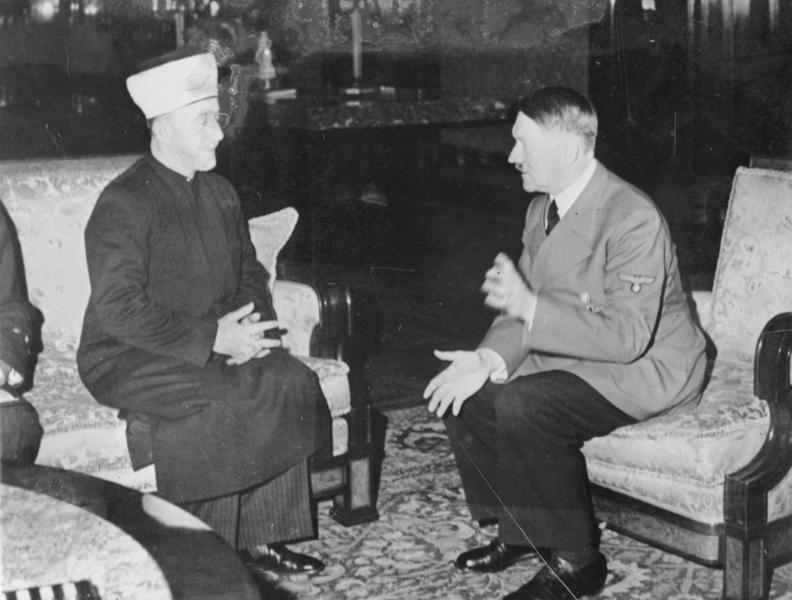
1942
Biltmore Conference in New York represents a shift in Zionist policy, arguing Palestine should be established as a Jewish commonwealth. They advocate for unrestricted Jewish immigration to Palestine and reject the 1939 White Paper on moral and legal terms. David Ben-Gurion and Chaim Weizmann are split: Ben-Gurion thinks Jews need a state in all of Palestine, whereas Weizmann is more accepting of partition.
1944
February 1
Irgun declares the Jewish Revolt. Under leadership of Menachem Begin, the Irgun wants the British to leave Palestine, to establish a Jewish state, and to allow for unrestricted Jewish immigration. The horrors of the Holocaust are known by this point.
November 6
Lord Moyne assassinated by Lehi militants in Cairo, Egypt, because they regarded him as the architect of British immigration policy. He’s the first high-profile British official to be killed.
1945
September
World War II ends.
October
Jewish Resistance Movement forms. After World War II ends, the Haganah allies with the Irgun and Lehi in anti-British campaigns.
1946
June
Night of the Bridges operation takes place, bombing British railways and bridges. In response, British undertake Operation Agatha, a series of mass arrests, culminating in Black Sabbath, when nearly 3,000 Zionist officials are arrested and Jewish Agency headquarters raided. In response, the Haganah withdraws from the alliance and switches focus to aiding (illegal) Jewish immigration to Palestine.
July 22
King David Hotel Bombing: executed by the Irgun in response to Operation Agatha. The bomb at the King David Hotel, British Mandatory headquarters in Jerusalem, kills 91 and wounds 46.
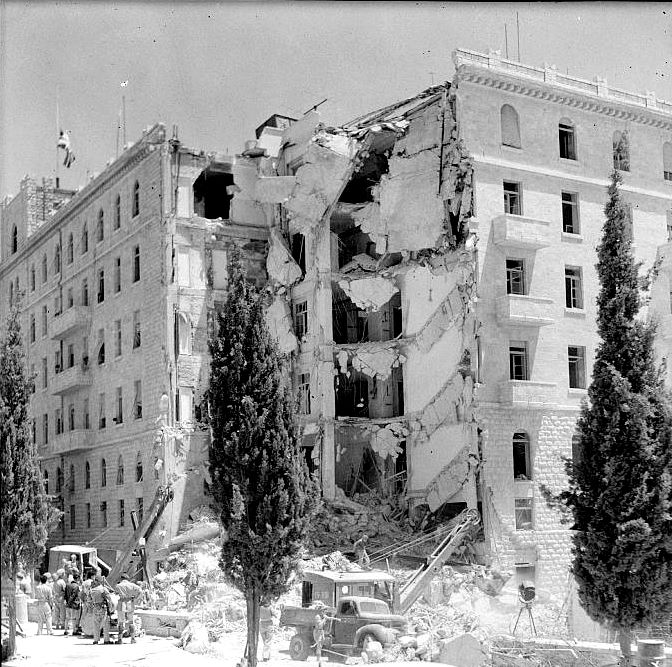
1947
November 29
UN Partition Plan: The newly formed United Nations recommends a partition of Mandatory Palestine at the end of the British Mandate. The plan recommends independent Jewish and Arab states and an international control of Jerusalem. The Jewish Agency accepts the plan (as long as they have control over immigration); Arab leaders reject it. Shortly, conflict breaks out between Jews and Arabs.
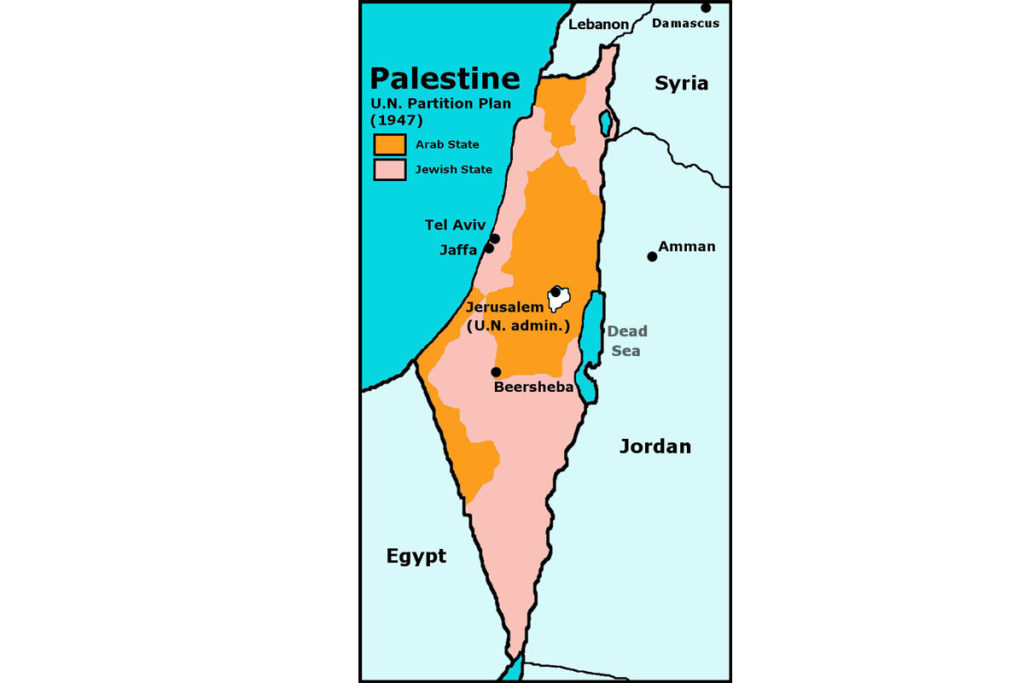
Civil War breaks out after UN Partition Plan is announced, fighting mainly between the Haganah (working with the Irgun and Lehi) and the Arab Liberation Army (supported by the Arab League). In 1947, Palestine’s population of 1.85 million is approximately one-third Jewish and two-thirds Arab.
December
Arab Siege of Jerusalem begins, also known as the Battle for Jerusalem. The UN Partition Plan had Jerusalem under international rule, but fighting quickly breaks out in the city. The intention in December was to isolate the 100,000-ish Jewish residents of the city. Jordanian forces’ goal was to conquer Eastern Jerusalem (including the Old City).
1948
March
Haganah launches Plan Dalet, largely to take control of Mandatory Palestine and establish the borders of a Jewish state.
April 9
Deir Yassin massacre: Deir Yassin, an Arab village near Jerusalem, is invaded by the Irgun and Lehi. Between 100 and 120 civilians were killed by Jewish forces. This prompts thousands of Palestinians to flee.
May 10
Golda Meir meets with King Abduallah I of Jordan, possibly setting up an understanding over dividing Palestine, but no agreement is made on the status of Jerusalem. Whatever is agreed upon is never followed through.
May 13
Kfar Etzion massacre takes places in Kfar Etzion, a kibbutz between Jerusalem and Hebron. What happened is disputed, possibly Arabs acted out of revenge for Deir Yassin, but a total of 129 Jews (a mix of fighters and civilians) are killed.
May 14
State of Israel established.
Israel Defense Forces
The Israel Defense Forces, commonly referred to as the IDF, is Israel’s military.
Temple Mount
The Temple Mount is a site in the Old City of Jerusalem considered the holiest place in the world by Jews and the third-holiest by Muslims.
David Ben-Gurion
David Ben-Gurion was the first prime minister of the State of Israel.
Mandatory Palestine
Mandatory Palestine is how the territory that today is made up of Israel, the West Bank and the Gaza Strip was referred to when it was under the control of British authorities in the 1920s.